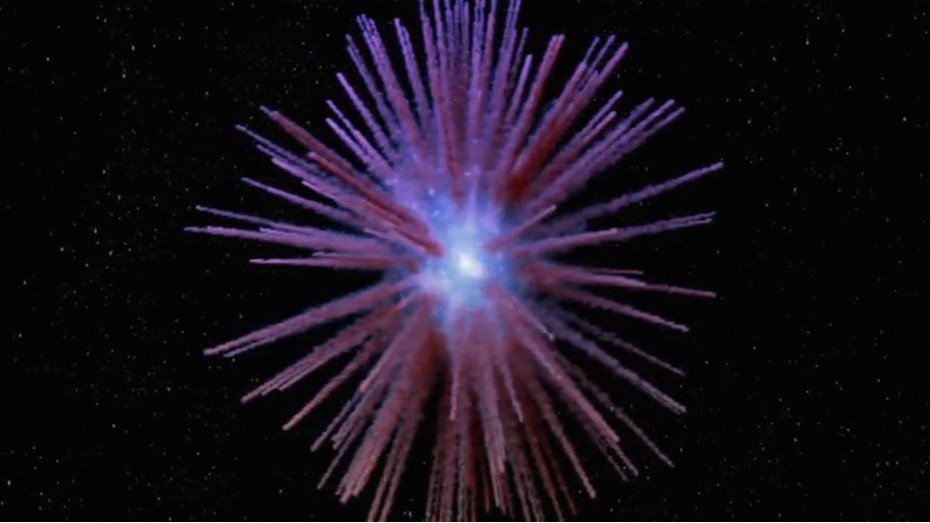A supernova first observed in 1181 is making headlines again as it continues to release glowing filaments of gas and dust, captivating astronomers and stargazers alike. This celestial phenomenon, known as SN 1181, has fascinated scientists for centuries, but recent observations have provided new insights into its structure and evolution. The vibrant filaments being emitted are a testament to the supernova’s power and the complex processes at play in stellar evolution.
The supernova’s remnants, located in the constellation Cassiopeia, are visible through advanced telescopes and are providing valuable data for ongoing research into the lifecycle of stars. Researchers are utilizing state-of-the-art imaging techniques to study the dynamics of the expanding material, allowing them to better understand the physics behind such explosive events. These discoveries not only enhance our knowledge of the universe but also offer clues about the elemental composition of galaxies.
As astronomers continue to monitor SN 1181, its enduring legacy in the cosmos reminds us of the universe’s vastness and the remarkable phenomena it harbors. The glowing filaments serve as a cosmic reminder of the stellar processes that shape the very fabric of our universe. Enthusiasts and scientists alike are drawn to this spectacle, as each observation brings new revelations about the mysteries of space.











